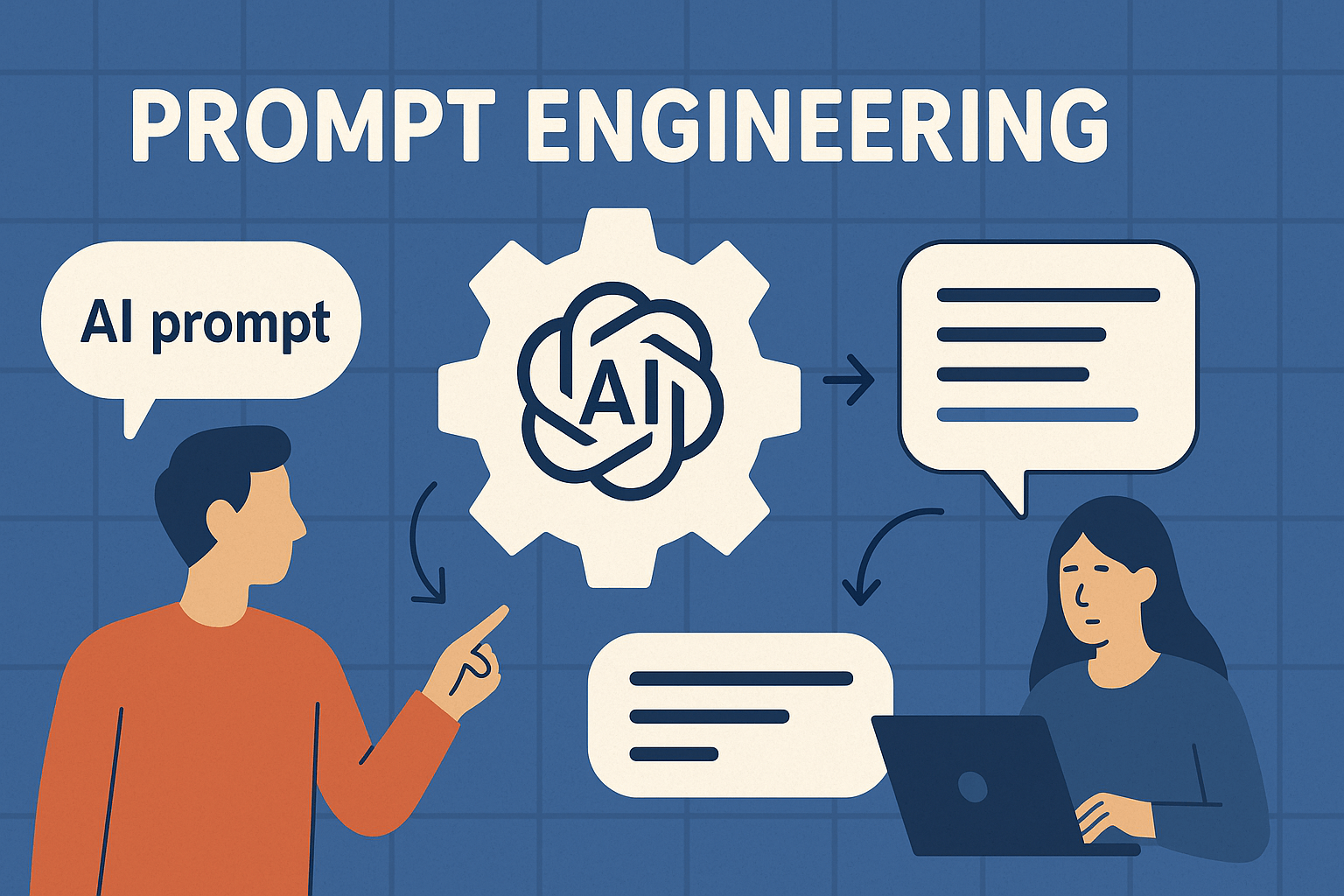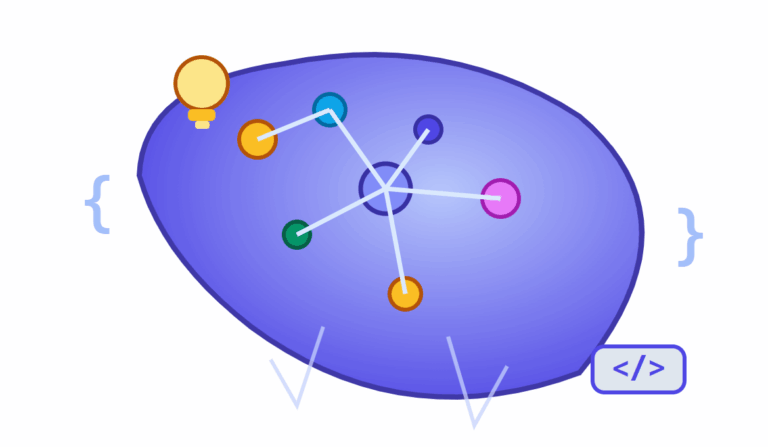Prompt Engineering: How to Get the Best from AI Models
Artificial intelligence is smarter than ever, but its usefulness still depends heavily on one thing—how you talk to it. That’s where prompt engineering comes in.
Whether you’re building an app using OpenAI’s GPT-4o, using Google’s Gemini for long reports, or playing around with image generators like DALL·E or Stable Diffusion, crafting good prompts is the secret to success. It’s not just about asking a question. It’s about knowing how to ask it.
In this article, you’ll learn what prompt engineering is, why it matters, and practical strategies for getting better results from today’s most powerful AI models.

What Is Prompt Engineering?
Prompt engineering is the art and science of designing input text (or multimodal prompts) to guide AI models to produce the best possible output.
Imagine an AI model as a super-intelligent assistant who knows everything but only answers based on what and how you ask. A vague or confusing prompt can lead to poor results. But a well-structured, clear prompt can unlock impressive and accurate responses.
Prompt engineering is especially important when you’re using large language models (LLMs), such as:
- GPT-4o
- Claude 4
- Gemini 1.5
- Llama 3.1
- Mistral Large
It also matters when generating images (e.g., with DALL·E 3 or Stable Diffusion) or creating videos (e.g., using Sora or Runway Gen-3).
Read on >>> The Most Powerful AI Models: What Developers Should Know
Why Prompt Engineering Matters
AI models are more powerful and capable than ever before. But they’re also more complex. Here’s why good prompting is still critical:
- Versatility of tasks: One model can do many things—summarize, translate, code, write, generate images. You need to be specific.
- Multimodal input/output: With models like GPT-4o or Gemini supporting text, audio, and images, structuring input well becomes even more essential.
- Cost and efficiency: Better prompts lead to shorter, clearer, and more accurate responses—saving tokens, time, and money.
- Consistency and control: Prompt engineering lets you guide the tone, format, and reasoning of the AI, especially important in professional apps and automation.
Core Strategies for Better Prompting
Let’s look at the most effective techniques used by developers and creators today.
1. Be Clear and Specific
Always say what you want the AI to do—and how you want it to answer.
Example:
- Poor: Tell me about marketing.
- Better: Summarize the top 5 digital marketing trends in 2025 in bullet points, with one sentence of explanation each.
This ensures the AI knows the task, structure, and expected length.
2. Use Role-Based Prompts
Set a persona or role for the AI to guide its tone, style, and knowledge base.
Example:
You are a senior web developer. Write a Python function that validates email addresses and explain it step-by-step.
This produces answers tailored to the expected audience or task.
3. Give Context and Examples
If the task is complex, provide background and show examples of what a good output looks like.
Example:
Here is a customer review: “The delivery was late, and the support was rude.” Rewrite it in a polite, professional tone.
This teaches the model what kind of transformation you’re expecting.
4. Break It Into Steps
For complex tasks (e.g., coding, analysis, essays), use step-by-step prompting.
Example:
Let’s work through this step by step: First, list possible use cases for blockchain in agriculture. Then, choose one and explain it in detail.
This keeps the model on track and helps prevent confusion or mixed topics.
5. Use Constraints and Format Instructions
If you need a specific output format (like JSON, markdown, or bullet points), ask for it explicitly.
Example:
Write a product description for a smart speaker in less than 80 words. Use a persuasive tone. Return the result in Markdown.
This ensures consistency, especially for integration with websites or apps.
Prompt Engineering in Image and Video Generation
Prompting isn’t just for text. Image and video AIs also depend on well-structured language.
For images (e.g., DALL·E 3, Stable Diffusion):
- Use detailed visual language: “A futuristic city skyline at sunset, in the style of digital art, with flying cars and glowing neon signs.”
- Mention perspective, style, lighting, mood, and even colors.
An example of the image I have generated using this prompt is here:

For videos (e.g., Sora):
- Give scene structure: “A woman walking through a snowy forest, cinematic lighting, camera panning slowly, 30 seconds, peaceful music vibe.”
Clarity and detail lead to better results.
Advanced Prompt Techniques
AI pros now use advanced prompt engineering for high-quality and reusable results:
Few-Shot Prompting
Provide a few examples of what the input and desired output look like to train the model in the session.
Chain-of-Thought Prompting
Encourage the model to reason step by step instead of jumping to conclusions.
Example: Solve a math problem by prompting: “Let’s think step by step.”
Function Calling & Tool Use
Modern APIs (like OpenAI’s GPT-4o) let you define tools/functions the AI can “call” if needed. Prompt engineering helps guide when and how those tools should be used.
Tools to Help With Prompt Engineering
There are now apps and platforms that help automate or optimize prompts:
- Prompt IDEs like PromptLayer or LangChain
- AI playgrounds from OpenAI, Anthropic, or Hugging Face
- Prompt marketplaces where you can buy or test successful prompt templates
These tools let you A/B test prompts, log outputs, and integrate prompts into production systems.
Final Tips for Developers and Creators
- Always test multiple versions of your prompt to see what works best.
- Log and evaluate outputs systematically, especially for customer-facing applications.
- Keep your prompts updated as models change. What worked with GPT-3.5 might not work the same with GPT-4o.
- Use natural language. Talk to the model like you would instruct a human assistant.
- Consider using system prompts (where available) to guide overall behavior beyond one interaction.
Conclusion
Prompt engineering is one of the most important skills in the AI era, right alongside coding, design, or data analysis. As AI models become more powerful, the way we guide them becomes even more crucial.
If you’re building anything with generative AI—chatbots, content tools, customer service agents, or creative apps—start with your prompts. Learn to shape them, refine them, and structure them well. The better your prompts, the smarter your AI.
Your next project could be brilliant—not just because of the model you use, but because you asked it the right way.



